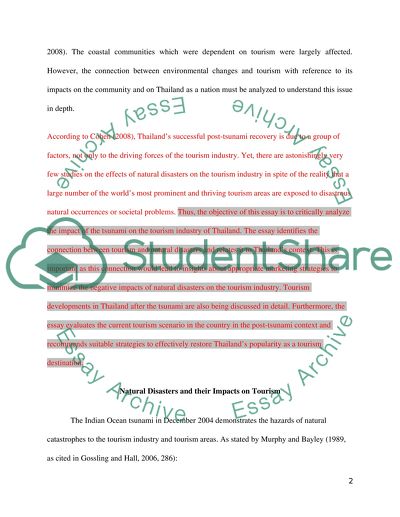Cite this document
(“Post-Tsunami Tourism in Thailand Essay Example | Topics and Well Written Essays - 5250 words”, n.d.)
Retrieved from https://studentshare.org/tourism/1395502-tsunami-thailand
Retrieved from https://studentshare.org/tourism/1395502-tsunami-thailand
(Post-Tsunami Tourism in Thailand Essay Example | Topics and Well Written Essays - 5250 Words)
https://studentshare.org/tourism/1395502-tsunami-thailand.
https://studentshare.org/tourism/1395502-tsunami-thailand.
“Post-Tsunami Tourism in Thailand Essay Example | Topics and Well Written Essays - 5250 Words”, n.d. https://studentshare.org/tourism/1395502-tsunami-thailand.


